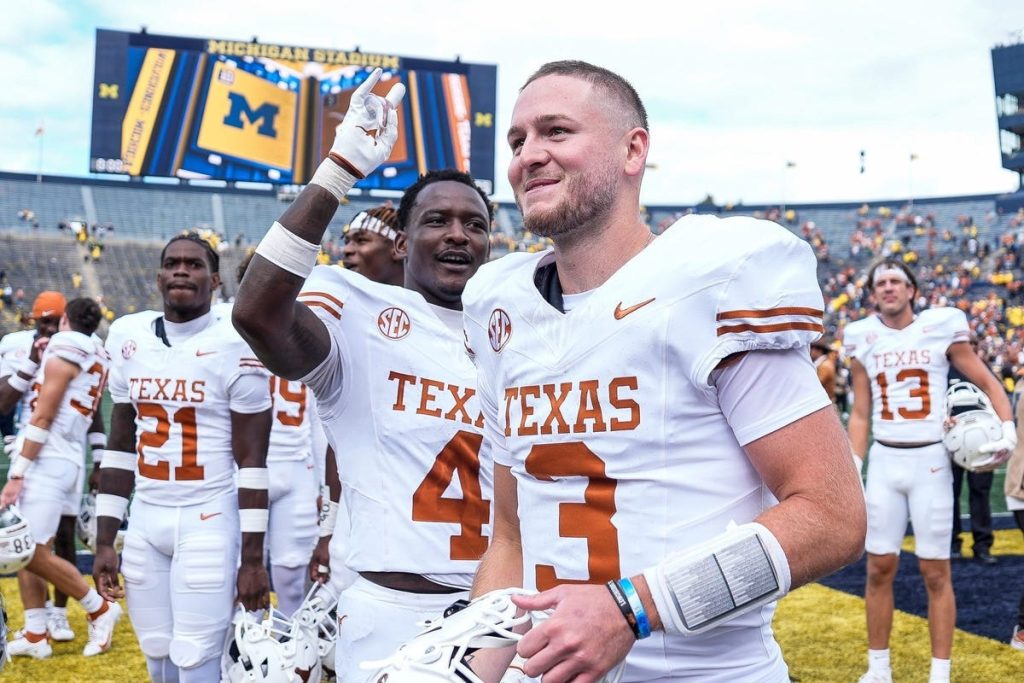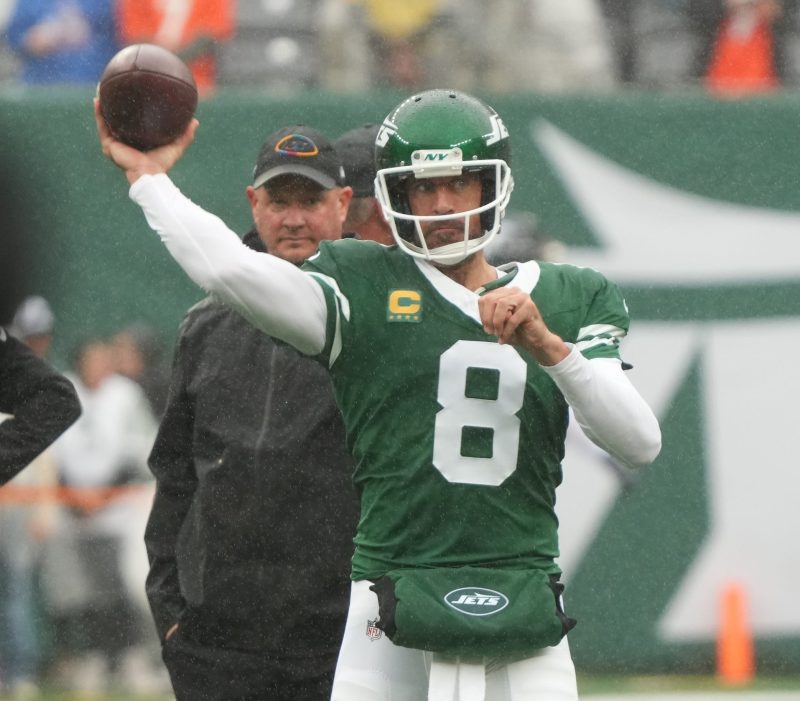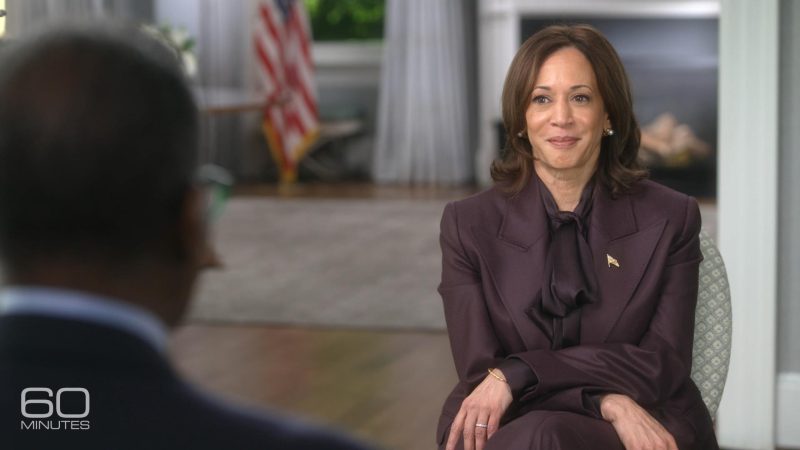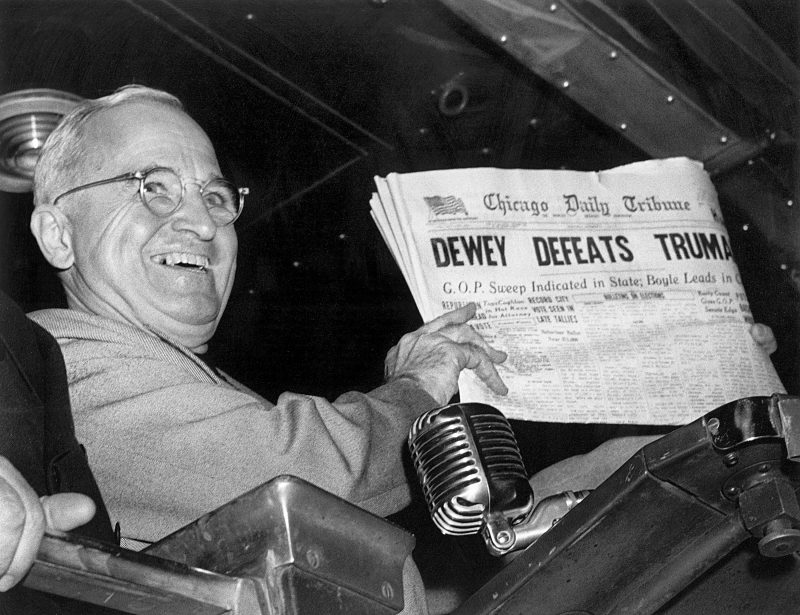In the win-now world of college football, the transfer quarterback is king

This is a simple exercise, OK? Take a look at the US LBM Coaches Poll.
The first three teams in the poll – Texas, Ohio State and Oregon – are using transfer quarterbacks.
Five of the top 10 teams, and 11 of the top 25 have starting quarterbacks who transferred from another school. Two of the four teams in last year’s College Football Playoff were transfers.
If that doesn’t do it for you, consider this: After Georgia won the national title in 2021 behind quarterback Stetson Bennett, coach Kirby Smart nearly landed All-America quarterback Caleb Williams from the transfer portal.
Even though Bennet had one more year of eligibility — and eventually won another national title in 2022.
“We’re always trying to improve our team,” Smart said.
That, everyone, is the politically correct answer. There’s so much more to the debate raging through college football.
Recruit and develop the most important position on the field, or recruit the transfer portal for immediate impact?
“There’s less to guess, less of the unknown,” a Power Four conference coach told USA TODAY Sports. “You can recruit a high school (quarterback) where everything is new, and you have no idea how he’ll react from week to week. Or you can get a guy from the portal, who has college tape, who has won and lost and already dealt with the highs and lows and nothing is going to faze him. It’s a no-brainer.”
The coach requested anonymity due to the sensitivity of the topic.
From the elite of the game, to programs trying to rebuild or reload, the easiest road with the most important position on the field is building with the transfer portal.
According to analysis from Paul Myerberg of USA TODAY Sports, since the 2021 season when NIL and the transfer portal arrived, there have been 77 different quarterbacks who have transferred into a Power Four program and were the starter for at least one year.
This year alone, 41 of the possible 68 starting Power Four conference jobs are from the transfer portal — or 60.3 percent.
MAJOR KEY: The one indicator that predicts transfer quarterback success
HARD TRUTH: You need a quarterback if you want best chance for title
An absolutely astounding — and telling — percentage.
“Each coach has his own thought process on how to win games,” said Arkansas coach Sam Pittman, who began a make or break season in 2024 with Boise State transfer Taylen Green. “But that (quarterback) position is different now. That thing has a life of its own.”
And that’s where this new trend begins and ends. The game revolves around the quarterback position, and the philosophical move toward the vertical throw game has put more pressure on coaching staffs to find the right fit.
There’s no time for patience, for soft-peddling and hand-holding and slowly increasing game repetitions.
There’s so much money flooding the sport from billion dollar media rights deals, and much of it earmarked for an ever-changing player world (see: revenue sharing with players) and ever-expanding coaching contracts and buyouts.
It’s as maddening as it is mandatory. It’s fiscally reckless to place a multimillion dollar business in the hands of most 18-year-old freshmen quarterbacks.
Teams (and coaches) can’t afford a miss while recruiting and developing a high school quarterback when the risk is typically greater than the reward. Players, meanwhile, have figured out the trend and have responded to extend the circular nonsense.
If bluechip quarterbacks don’t play in their first season, they leave for the portal and are attractive to other schools — because, at the very least, they’ve experienced a year of college life on and off the field. The irony is, in the words of the late, great Bobby Bowden, bumfuzzling.
There are still bluechip quarterbacks who have the physical talent and mental strength to play immediately, but it’s more rare than you think. In fact, of the last four No.1-rated high school quarterbacks according to the 247Sports composite rankings, only Florida’s DJ Lagway started a game in his first season.
And Lagway only started in Week 2 this season because starter Graham Mertz was in concussion protocol. Quinn Ewers (Ohio State, 2021), Drew Allar (Penn State, 2022) and Arch Manning (Texas, 2023) didn’t start in their first season.
That’s three projected first round NFL draft picks who didn’t play until their second season of college football. Ewers, more than anyone, is ground zero of the entire circle of nonsense.
He was the No.1 overall recruit in 2021, one of two players to earn a perfect score from 247Sports evaluators. He didn’t play in his first season at Ohio State, failing to beat out CJ Stroud and backup Kyle McCord.
Four of the six quarterbacks taken in the first round of the 2024 NFL draft were transfers, including the first two overall (Williams, Jayden Daniels).
“Every snap is the difference between winning and losing,” the Power Four coach said. “Are you really going to lay that at the feet of a guy who was playing high school football 10 months earlier?”
There’s nothing politically correct about that.
Matt Hayes is the senior national college football writer for USA TODAY Sports Network. Follow him on X @MattHayesCFB.





